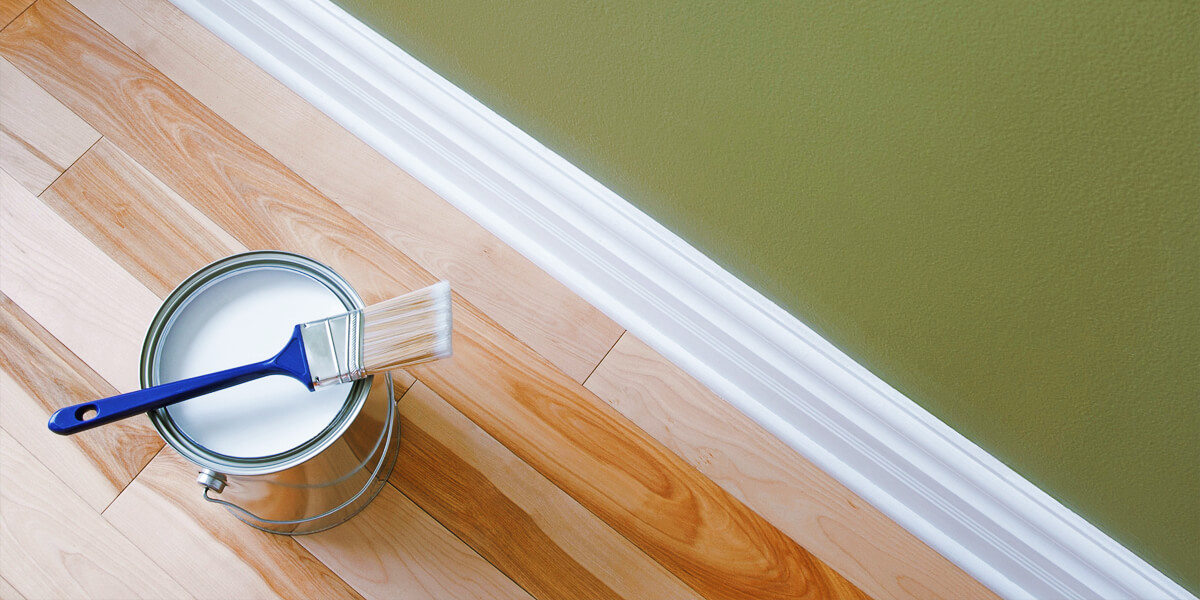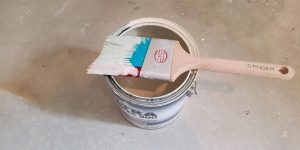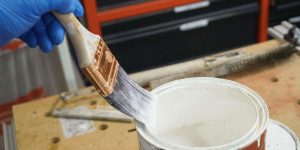Painting can be daunting, especially if you’re new to it. One of the most important aspects of achieving a fine finish is knowing how long to wait between coats of paint. Applying a fresh coat too soon can result in a sloppy and uneven finish while waiting too long can waste your precious time. That’s why we’ll dive into the factors that affect drying times so that you can achieve a flawless paint job on your next project.
Environmental factors influencing drying times
The drying time of paint can be significantly affected by several environmental factors. I can point out a few of them:
- Temperature: The temperature in the environment can significantly influence the drying time of the paint. When it’s warm, the solvents in the paint evaporate faster, leading to quicker drying times. On the other hand, colder temperatures slow down the evaporation process, which can extend the drying time. As a general rule of thumb, I often paint when the temperature is between 50-90 degrees Fahrenheit.
- Humidity: The humidity level in the air can also have a great impact. High humidity can slow down the evaporation process. In contrast, low humidity can accelerate evaporation, leading to faster drying times. Ideally, the humidity level should be 40-70% for optimal drying conditions.
- Ventilation: Proper ventilation is important for the paint to dry efficiently. It can speed up the drying process by helping to evaporate the solvents in the dye. Without adequate ventilation, the solvents can accumulate in the air. It’s essential to have good air circulation, either through an open window or using a fan to move the air around the room. However, avoid excessive airflow, as it can cause the paint to dry too quickly and lead to cracking or flaking.
Recommended waiting times between coats of paint
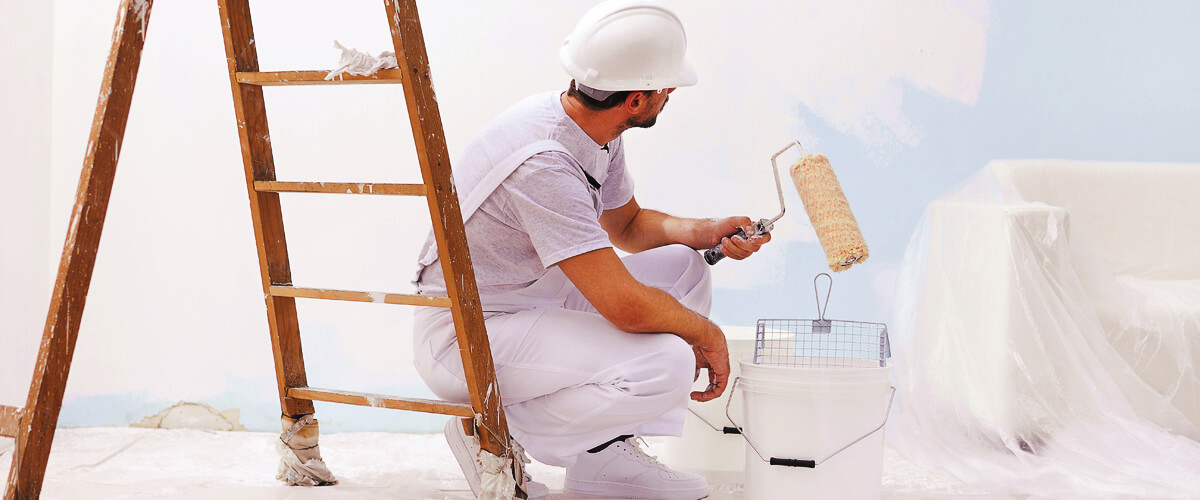
The time you have to wait until the paint is dry also depends on its type. So here are my guidelines for different types of paints:
Oil-based paints: They typically take longer to dry than latex or acrylic paints and can take from 6 to 24 hours to dry between coats. I recommend that the waiting time between coats of paint should be at least 24 hours. But remember that this time can be affected by the temperature and humidity, so it’s essential to follow the manufacturer’s instructions
Latex paints: They are water-based, and they dry faster than oil-based paints. You will wait around 4 hours until the next coating, but this can vary due to the specific brand and the environmental conditions. For example, in humid conditions, it may take longer to dry, and in colder temperatures, the drying time may also be extended.
Acrylic paints: They are also water-based, but they are more durable and long-lasting. It dries relatively quickly, and the maximum waiting time between coats of paint is usually around 2 hours. However, the brand and the painted surface affect the drying period.
Note that if the first coat is not dry before applying the second one, it can cause the paint to mix, resulting in an uneven finish.
Signs your paint is ready for another coat
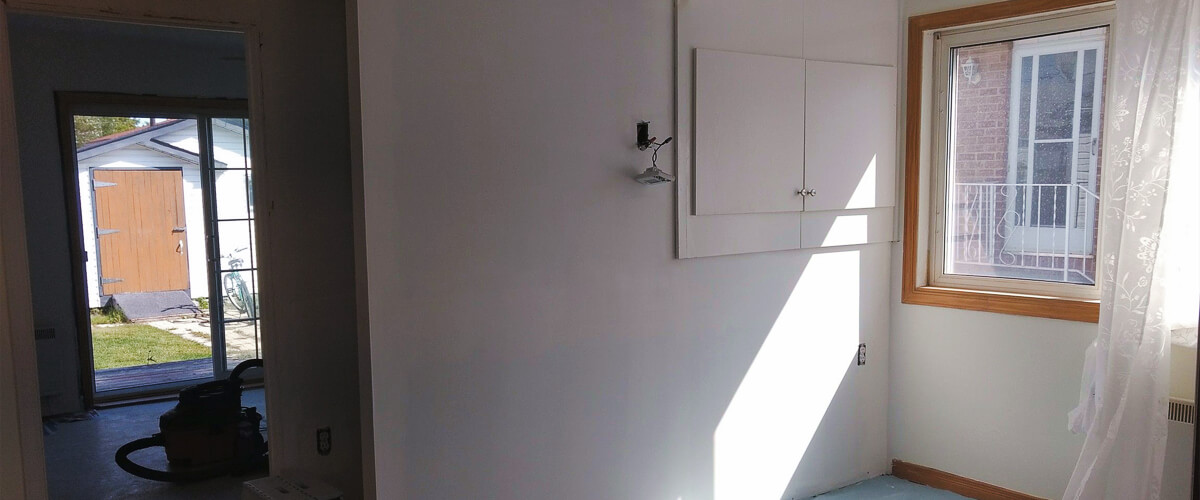
Knowing when your paint is ready for another coat helps achieve a smooth finish. Here are some signs I look for when determining if the paint is ready for another coat:
- Visual cues: One of the easiest ways is to inspect the surface. When the paint is dry, it should appear smooth and even in color. If there are any glossy or shiny areas, it means that the paint is not yet dry and needs more time.
- Touch test: Another way to test the paint is by lightly touching it with your fingertips. If it feels tacky or sticky, leave it for a bit longer.
- Tackiness test: To perform this test, I lightly press a piece of tape onto the painted surface and then quickly remove it. If the tape leaves any residue or pulls off any paint, it means that the paint is not ready for another coat.
As you can see, if you understand the nuances, it is not so difficult to paint anything yourself, following the instructions. I hope my advice will help you achieve satisfactory coverage.
FAQ
What happens if you paint a second coat too soon?
If you paint a second coat too soon, it can cause a variety of issues, such as peeling, cracking, or an uneven texture.
What is the maximum time for a second coat of paint?
The maximum time for a second coat of paint can vary depending on the type of paint being used and environmental factors. The average drying time is up to 6 hours, but make sure it’s not less than 2 hours. Always check the manufacturer’s instructions for the specific paint being used.
Does the second coat use less paint?
The second coat of paint may use less paint than the first coat, depending on the opacity and coverage. If the first coat covers the surface adequately, the second one may require less paint.

